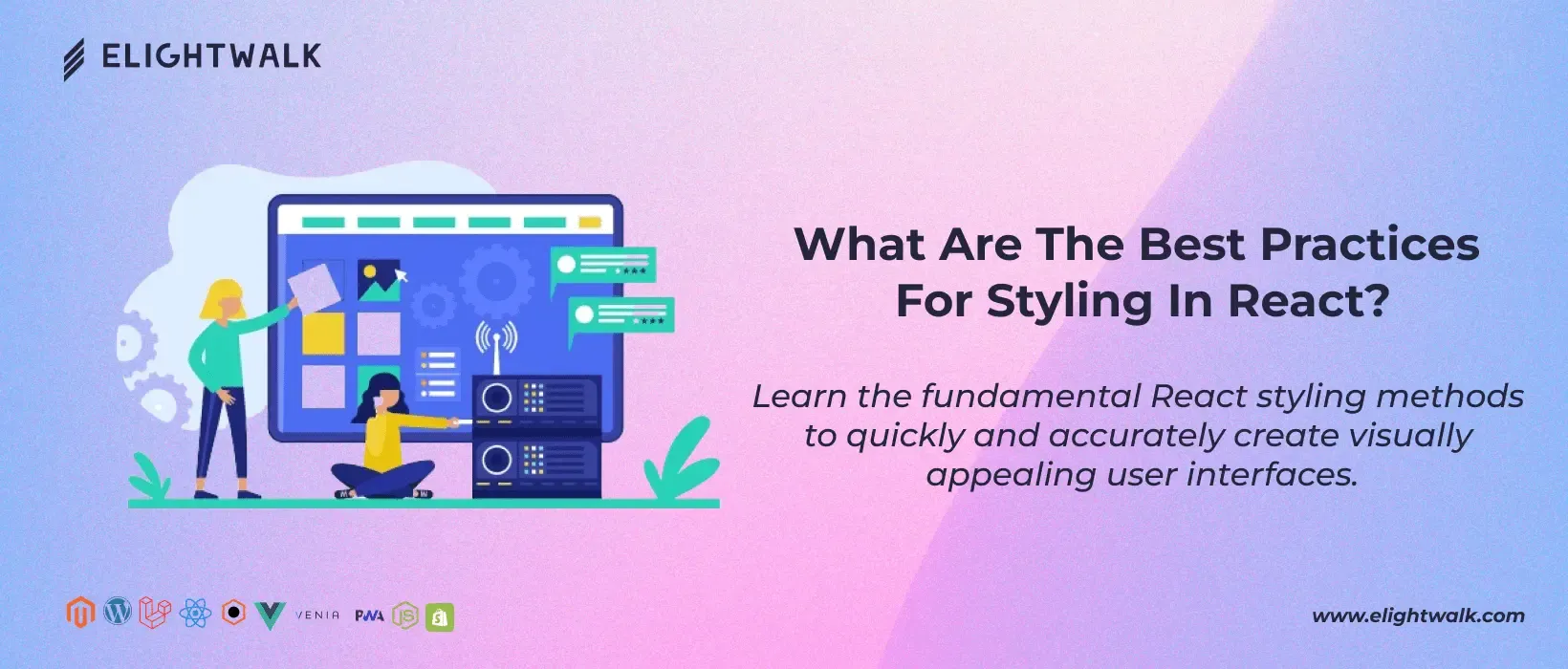While React is superb at building functional and successful user interfaces, it doesn't inherently style them. That's where you come in, the developer with the vision to turn bare functionalities into aesthetically pleasing and intuitive experiences. Here's why styling deserves careful attention in React:
1. User Experience: First and foremost, styling impacts how users interact with your application. Proper styling guides users through the interface, highlighting essential elements, differentiating functionalities, and making the overall experience intuitive and enjoyable. Poor or inconsistent styling can confuse users, hinder navigation, and ultimately drive them away.
2. Brand Identity: Consistent and well-chosen styles communicate your brand personality and values. Colors, fonts, and layouts speak volumes about your brand, conveying professionalism, trustworthiness, or any desired image. Consistent styling creates a cohesive brand experience, diluting your message and weakening user trust.
3. Accessibility: Good styling promotes accessibility, ensuring your interface is usable by everyone, regardless of abilities. This includes choosing color palettes with high contrast, using appropriate font sizes and weights, and incorporating clear visual cues for interactive elements. Neglecting accessibility not only excludes users but also violates legal and ethical standards.
4. Maintainability: Well-structured and organized styles are easier to understand, maintain, and update. Using conventions and naming schemes allows you and other developers to navigate the codebase efficiently, minimizing the risk of unintended changes and facilitating future modifications. Messy, scattered styles create a maintenance nightmare, slowing development and increasing bug potential.
5. SEO: While primarily about content, visual appearance can also indirectly impact SEO. Search engines consider user engagement and dwell time as ranking factors. An aesthetically pleasing and intuitive interface encourages users to stay longer and interact more, potentially improving your search engine ranking.
Styling in React goes beyond making things look pretty. It's about shaping the user experience, communicating your brand, ensuring accessibility, promoting maintainability, and even influencing SEO.



